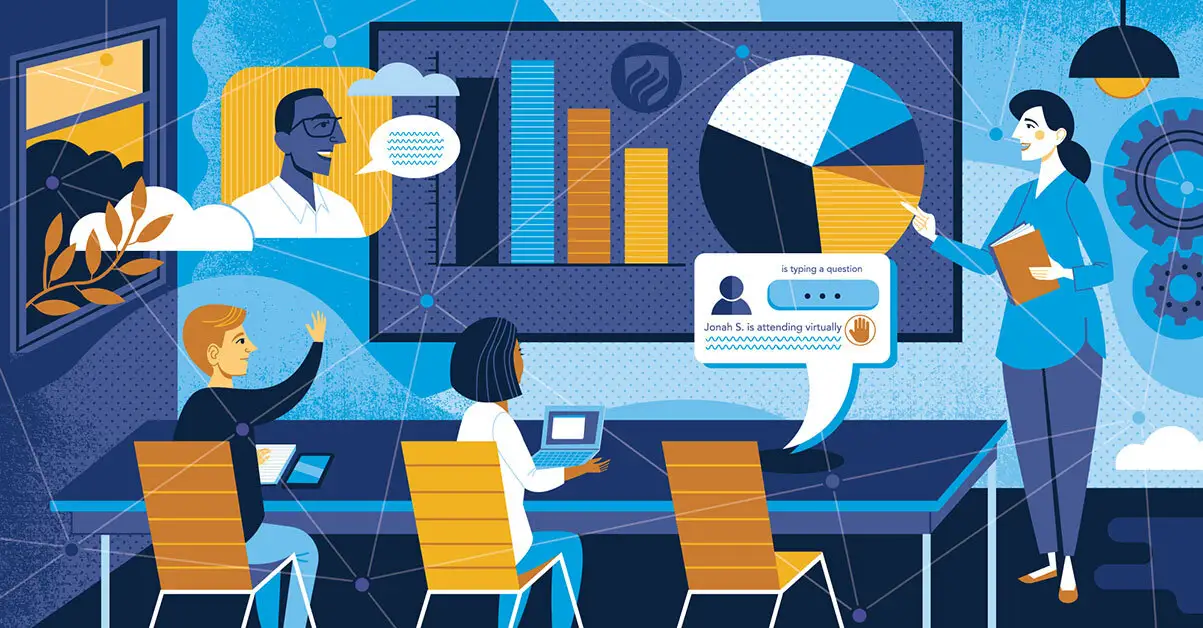
Innovative Nursing Teaching Methods for Modern Education
Nursing education is evolving rapidly to meet the demands of today’s healthcare landscape. Traditional teaching methods are giving way to innovative approaches that better prepare nursing students for the complexities of patient care. These methods include active learning, simulation-based training, flipped classrooms, and technology integration. By embracing these strategies, nursing programs are equipping future nurses with the skills, critical thinking abilities, and adaptability needed in the dynamic healthcare field. This article explores these innovative teaching methods and their impact on nursing education.
Active Learning:
Active learning techniques encourage students to engage with the material actively. Rather than passively listening to lectures, students participate in discussions, case studies, and problem-solving exercises. This approach fosters critical thinking, encourages collaboration, and helps students retain information more effectively.
Simulation-Based Training:
Simulation-based training provides nursing students with a safe environment to practice their skills and decision-making. High-fidelity manikins and simulated scenarios mimic real-life patient care situations. Students can make mistakes without risking patient harm, allowing them to learn from their experiences and develop confidence in their abilities.
Flipped Classrooms:
Flipped classrooms reverse the traditional teaching model. Students review course materials, such as lectures and readings, independently before attending class. Classroom time is then dedicated to interactive discussions and hands-on activities, promoting deeper understanding and application of concepts.
Technology Integration:
The integration of technology, including virtual reality, augmented reality, and telehealth platforms, enhances nursing education. Virtual simulations, for example, enable students to practice complex procedures and experience different patient care scenarios in a controlled virtual environment.
Interprofessional Education (IPE):
Nursing students benefit from collaborating with students from other healthcare disciplines, such as medicine, pharmacy, and social work. IPE promotes teamwork, communication skills, and a holistic understanding of patient care, mirroring the interprofessional approach seen in modern healthcare settings.
Cultural Competence Training:
Given the diverse patient populations nurses serve, cultural competence training is essential. It teaches students to deliver culturally sensitive care and understand the impact of cultural beliefs and practices on health outcomes.
In conclusion, nursing education is adapting to the changing healthcare landscape by embracing innovative teaching methods. These approaches empower nursing students to develop critical thinking skills, gain practical experience, and effectively respond to the complex challenges they will face in their careers. By combining traditional knowledge with modern techniques, nursing programs prepare future nurses to provide high-quality, patient-centered care in today’s dynamic healthcare environment.
https://telegra.ph/Navigating-ABCmouse-Learning-Levels-for-Success-09-04

